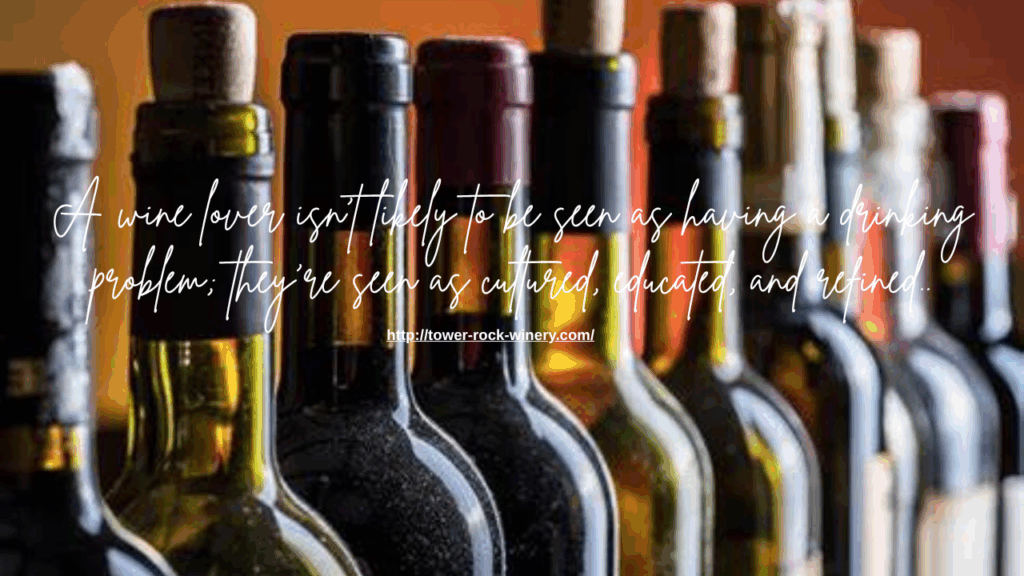
For many, wine is more than just a drink—it’s a passion, a lifestyle, even a form of art. Collectors build cellars filled with prized vintages. Enthusiasts attend tastings, read wine magazines, and travel to vineyards in search of the perfect bottle. But behind the refined world of wine connoisseurship, a quiet danger sometimes lurks. What begins as genuine appreciation can slowly, and often subtly, spiral into addiction.
The problem doesn’t lie in the wine itself, but in how easily the rituals surrounding it can mask dependency. Wine culture encourages daily or frequent consumption under the guise of sophistication and self-care. A glass to relax, another to pair with a meal, and suddenly, drinking becomes an expected part of life. When this routine becomes emotionally or physically necessary, the cellar can turn into a trap.
Unlike more obvious forms of substance abuse, wine dependency is difficult to detect—both for the person experiencing it and those around them. A wine lover isn’t likely to be seen as having a drinking problem; they’re seen as cultured, educated, and refined. But addiction doesn’t discriminate. Whether alcohol is consumed from a plastic cup or a crystal glass, the impact on the brain and body is the same.
The “cellar trap” refers not only to the literal space where bottles are stored, but also to the metaphorical space where wine becomes embedded in identity and lifestyle. The connoisseur might say, “I don’t drink to get drunk; I drink to experience flavor.” But that distinction blurs when the experience is repeated nightly, or when wine becomes the go-to coping mechanism for stress, loneliness, or boredom.
Part of what makes this spiral so insidious is the community that surrounds it. Wine clubs, tasting events, and online forums create a sense of belonging. They also normalize behavior that, in another context, might raise concern. Drinking wine with dinner every night, stocking dozens of bottles “just in case,” or justifying daily drinking because it’s “high quality” can all be signs of dependency hiding in plain sight.
Red flags may include drinking more than intended, feeling uneasy when there’s no wine available, hiding how much is consumed, or using wine to numb emotions. These behaviors often escalate slowly, making it hard to notice the shift until the habit feels entrenched.
Acknowledging the problem is the first step out of the trap. It takes courage to admit that something once joyful has become burdensome. But breaking free doesn’t mean abandoning a love of wine—it means redefining the relationship with it. For some, that means practicing mindful moderation; for others, it may mean stepping away entirely.
Support is available. Therapists, recovery groups, and sober-curious communities offer tools for navigating this change. What matters most is being honest about the role wine plays in your life—and whether it’s still serving you.
After all, a cellar should be a place of preservation, not entrapment. True appreciation comes not from how much you consume, but from the freedom to choose when—and whether—you do.